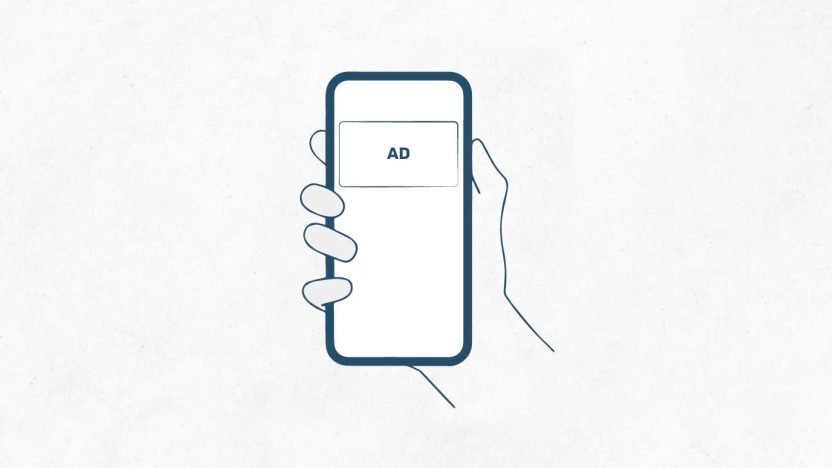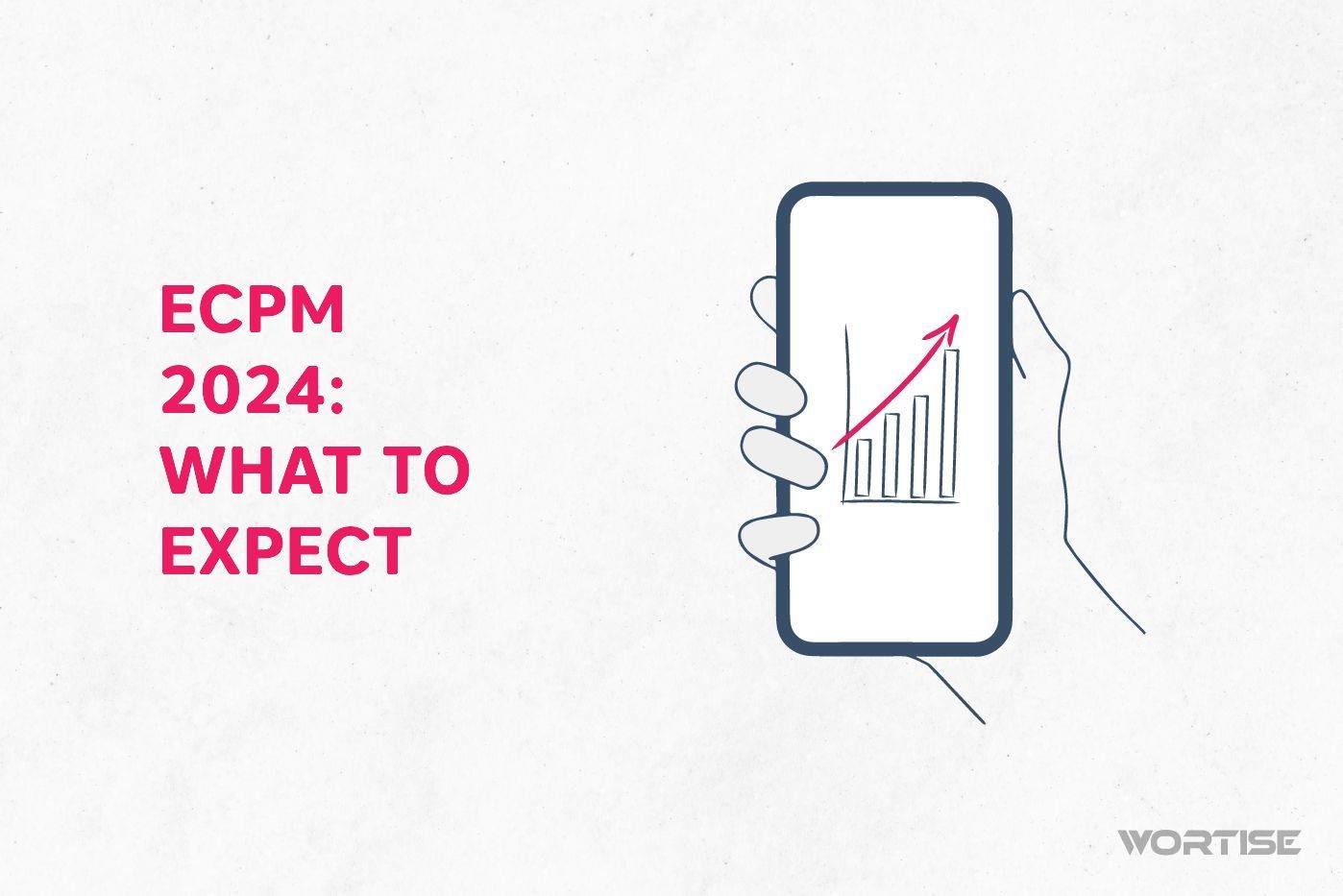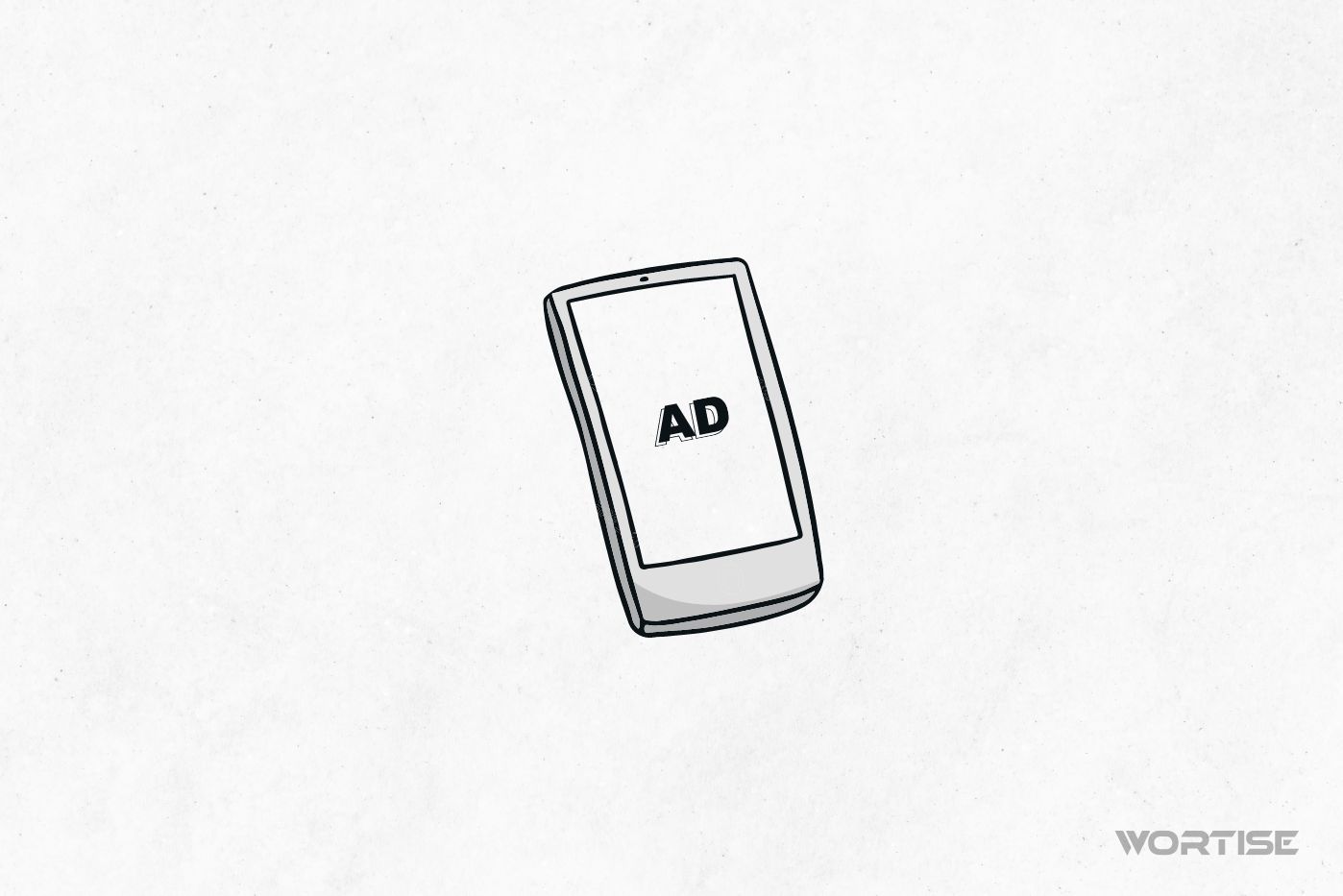Ad fatigue is the kryptonite that weakens any publisher’s monetization plan. Users get bored of seeing the same advertisements over and over again, as if it’s déjà vu. Instead of lamenting, we can apply a foolproof technique to display new ads in the same ad space, rotate them periodically, and get more impressions. We’re talking about Ad Refresh.
As publishers, we should always seek ways to diversify our offering and make ads enjoyable while respecting the user experience. It might seem like a difficult challenge, but with Ad Refresh, it becomes easy and automated. If your ads are refreshed at regular intervals, you can easily capture users’ attention.
Stay with us until the end of this post. We want to show you what Ad Refresh is, how it works, and some tips to maximize your revenue. Join us!
What is Ad Refresh?
Imagine a user using a website or app and seeing the same ad for an extended period, over and over again during their user experience. It’s likely that they’ll become immune or indifferent to these ads.
To address this issue, there’s Ad Refresh, also known as “ad rotation” or “ad updating,” a tactic used to add dynamism to online advertising. Its goal is to automatically display new ads in the same advertising space.
Implementing Ad Refresh reduces ad fatigue and makes users more interested in the ads they see. The reason is simple: people stop paying attention to ads when they remain unchanged for a long time and become static. Their minds completely block them out.
It’s proven that applying the Ad Refresh technique helps publishers increase ad revenue because it contributes to creating a fresher and more relevant experience for each user.
How Does Ad Refresh Work?
Ad Refresh operates through three predefined triggers, which are modified based on each publisher’s needs. These triggers are:
#1 User Action-Based Ad Refresh
This update is based on user actions within a website or app. In other words, simply clicking, scrolling through a page, or conducting an internal search can trigger an ad displayed by Ad Refresh.
This action is often highly effective because it’s tied to user behavior. If a person interacts a lot, it’s likely that Ad Refresh will regularly show them relevant ads.
#2 Time-Based Ad Refresh
Time plays a central role in this method. Each publisher can set ads and establish intervals of 30, 60, or 90 seconds.
The idea is to make the most of time. If you have a high fill rate and many ads to display, it’s valid to set 30-second intervals to ensure a constant and effective ad rotation. However, everything depends on the publisher’s specific conditions, audience type, geographic location, and more.
#3 Event-Based Ad Refresh
Instead of being based on a time frame, this type of trigger activates when an event occurs, such as submitting a form or completing an online purchase.
This type of Ad Refresh allows for greater personalization and relevance of ads for users, increasing the likelihood of user interaction. Naturally, this can lead to a better advertising experience and higher interaction and monetization rates.
Benefits of Implementing Ad Refresh on Your App or Website
Even if an application or website receives significant traffic, with users spending up to five consecutive minutes reading an article or performing other actions, it may not generate many interactions if it can only display ads once. It’s like having a gold mine that, sadly, isn’t being effectively exploited.
With Ad Refresh, the scenario is very different because it allows you to display a new ad without fully reloading the page. If a user spends a significant amount of time on your app, they’re likely to receive several advertising proposals that motivate them to interact.
This is one of the most common benefits of this tactic, but there are others we’ll show you below:
- Increased Revenue: Keeping ads updated allows you to display more ad impressions, thereby increasing revenue for publishers. How does this happen? Essentially, it’s achieved by allowing multiple advertisers to occupy the same ad space over time.
- More Relevant Ads: Ad Refresh enables the display of updated ads and a much more comfortable and effective advertising experience. This prevents ad fatigue and ensures fresher, higher-value ads. You’ll see better numbers in your click-through rates and conversions!
- Attract Influential Advertisers: Another advantage of Ad Refresh is that you can offer advertisers greater exposure and opportunities to reach users. Your advertising inventory can become more appealing to advertisers, potentially increasing demand and the value of your ad spaces, leading to more lucrative offers.
- Control and Flexibility: Having control over when and how ads can be updated in your mobile app is a significant advantage for deciding on your monetization plans. This autonomy allows you to establish specific time intervals or key events that fit your needs, optimizing your strategies and customizing them according to your audience.
10 Ways to Maximize Your Revenue with Ad Refresh
Ad Refresh should be implemented with care and balance to achieve a high-performance advertising experience. If you’re not sure how to do it, here are 10 foolproof tips to boost your advertising revenue:
#1 Set Appropriate Time Intervals
Determine the right time interval to refresh ads based on the average duration of user visits. Studies indicate that too short of an interval can result in an intrusive advertising experience, while an excessively long interval may reduce revenue opportunities.
To find the right balance, it’s best to conduct tests and analyses.
#2 Segment Your Ad Spaces
Another valuable tactic is to divide your advertising inventory into segments and apply different Ad Refresh strategies to each one. This way, you can see different results and avoid locking yourself into a single approach.
For example, it’s valid to set shorter time intervals for more prominent ad spaces and longer intervals for less prominent ones. This balancing act allows you to maximize the value of each space.
#3 Combine Ad Refresh with Native Ads or Related Content
You can create a powerful combination by displaying native ads alongside Ad Refresh. Why? It’s been proven that this action can increase ad relevance and improve the advertising experience for each user.
Additionally, this makes it more likely for users to interact with ads naturally.
#4 Implement Ad Refresh for Specific Ad Formats
It’s not just about what you show but how you show it. In short, if you use Ad Refresh and employ dynamic and innovative ad formats – such as video ads or interstitial ads – you’re likely to see better results in your statistics.
Pair these formats with appropriate time intervals to grab users’ attention.
#5 Use Event-Based Ad Refresh
Don’t rely solely on time intervals; also, leverage event-based Ad Refresh to trigger relevant ad rotations. Take advantage of page changes and any user actions to let Ad Refresh do the work of displaying ads.
These strategic and relevant changes not only help keep your mobile app or website dynamic but also contribute to generating more revenue.
#6 Conduct A/B Testing
A/B testing is common when launching advertising campaigns on platforms like Facebook, Instagram, or Google, but it also works well in the world of in-app advertising.
Therefore, don’t hesitate to evaluate different Ad Refresh configurations – at least two – and determine which one works best. Consider time intervals, location, target audience, integrated formats, and more.
Stick with the trigger that performs better.
#7 Consider Ad Frequency per User
Some users are loyal to your mobile app or website; they visit it every day and spend a lot of time on it. For this reason, you should avoid showing the same ads to users repeatedly.
It’s boring and leads to ad fatigue. The best way to combat overexposure is to set limits and be mindful of your audience. Put yourself in their shoes. If you were a user, would you be willing to see the same ad several times for ten consecutive minutes? It’s worse than spam!
#8 Monitor and Analyze Performance
If we don’t analyze the behavior of our Ad Refresh tactics, it’s challenging to know if we’re doing it right. Every statistic provides clear insights into your audience’s behavior and the effectiveness of your campaigns.
Among the metrics to evaluate, we recommend paying special attention to click-through rates, conversion rates, and revenue generated, as well as revenue per session (RPS).
If the numbers are underperforming, you have the opportunity to make real-time corrections and take actions to improve.
#9 Collaborate with Trusted Advertising Partners
If you didn’t know, not all advertising networks allow the use of Ad Refresh. One example is Google AdSense. Given this reality, another valuable tip you can apply is to work with trusted advertising partners and use effective monetization tools.
Before selecting an advertising network, ensure you gather information about their usage policies and privacy regulations to avoid violations. The goal is to partner with technology providers that allow you to enable Ad Refresh with minimal impact on inventory quality and app UX design.
#10 Measure Engagement and Fill Rate
Fill rate, as you know, is the number of ad requests filled with actual ads. If the fill rate is low, it’s the right time to implement Ad Refresh and increase the number of ads displayed in your ad spaces.
Remember that one of the issues with a low fill rate is the poor implementation of ads or technical problems in delivering them. Perhaps Ad Refresh can help rectify areas in your inventory to maximize its potential.
Maximize Your Revenue with Wortise. We Connect You with Over 100 Ad Networks!
Hello, Publisher! At Wortise, we want to help you monetize your app more effectively. We are the largest ad mediation platform in Latin America and use advanced algorithms to connect you with the most relevant audiences worldwide.
We offer the highest eCPM in the market, personalized support, tactics guidance, a real-time dashboard, and the ability to mediate with over 100 Ad Networks.




